AI windfall in energy
October 16, 2025 6:42 pm
The future of electricity lies in smart use of data and storage, turning complexity into opportunity. AI can drive efficiency, integrate renewables, and reshape energy systems, delivering major economic and climate gains if its own energy use is managed wisely.
The recent announcement of GST rate cuts has come as a significant relief for the power sector, particularly benefiting renewable energy players. Lower taxes have built investor confidence and accelerated project deployment, marking a crucial step toward the government’s vision of ‘Viksit Bharat’. While policy support is essential, another transformative force is quietly reshaping the sector: Artificial Intelligence. AI is emerging as a silent enabler, bringing drastic change in the power domain, leading the country towards achieving its 2070 goals along with uninterrupted power availability.
The impact of such interventions is best measured through successful pilots. A pilot succeeds when it generates tangible returns on investment and advances core utility objectives, such as power reliability and quality of service. In practice, pilots often achieve far more than their initial mandate. The real measure of a utility’s effectiveness is whether a solution enhances its ability to deliver uninterrupted, high-quality electricity. This includes reducing losses, managing critical assets, and expanding connections while maintaining efficiency. A compelling example comes from Jaipur, where a utility leveraged AI-driven drones for inspections. Beyond uncovering electricity theft, the exercise revealed overloaded transformers and encouraged communities to shift toward formal electricity connections. This approach not only increased revenue but also improved service quality, demonstrating how AI can deliver multidimensional benefits beyond its immediate application.
The most effective pilots take it a step further in strengthening the grid, enhancing customer service, and demonstrating that technological innovation pays off. By focusing on measurable outcomes aligned with key performance indicators, utilities can harness AI and other emerging technologies to transform operations, optimising resources and building a more resilient power system. In the backdrop, the power sector is witnessing a quiet revolution. AI acts as a force multiplier for the energy sector, facilitating smarter operations, higher efficiency, and improved service delivery. The result is a win-win for both utilities and consumers, which is leading India closer to its ambitious energy and sustainability targets.
AI’s Impact on Power Sector in India
AI Adoption Challenges
- Workforce readiness remains a key hurdle in the sector, as many utilities lack personnel skilled in AI and its practical applications.
- Identifying high-impact pilots, ensuring strong governance, fostering trusted partnerships, and integrating legacy systems with new technologies are critical.
- Data quality and availability pose serious constraints, as inaccurate or incomplete records can undermine AI deployment and decision-making.
- Aarkesh Venkataramanan from Kimbal points out data issues, such as data availability and documentation.
Harnessing Smart Data and Batteries
- Data from smart meters and the strategic deployment of batteries across the grid are changing the power landscape.
- The future of the electricity system lies in harnessing data and storage intelligently, thereby turning complexity into opportunity.
- Smart meter data enables accurate forecasting, reducing deviation settlements, enhancing grid reliability, and supporting customer disaggregation.
- The integration of batteries at multiple points in the grid is critical to managing the grid.
#PowerSector #ViksitBharat #ArtificialIntelligence #NetZero2070 #PowerAvailability #Electricity #Grid #CustomerService #AI #ResilientPowerSystem #WorkforceReadiness #Governance #Partnerships #DataQuality #Kimbal #SmartMeters #BatteryStorage #Data #EnergyStorage #GridReliability #GridStability #GreenHydrogen #CleanEnergy #Solar #Wind #EndUsers #Exports #india #power #eprmagazine
Cookie Consent
We use cookies to personalize your experience. By continuing to visit this website you agree to our Terms & Conditions, Privacy Policy and Cookie Policy.




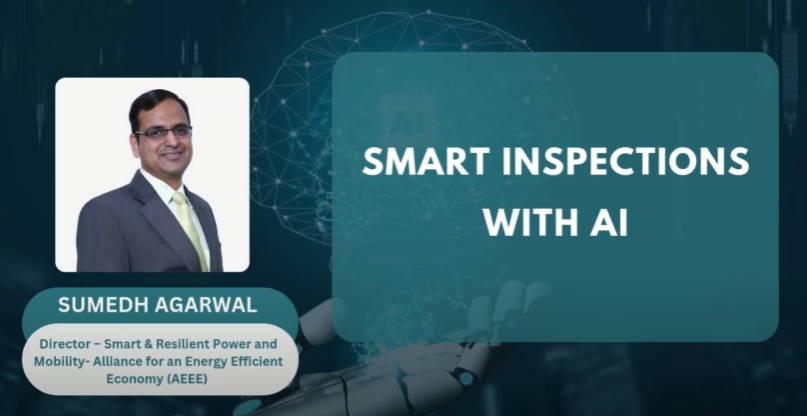
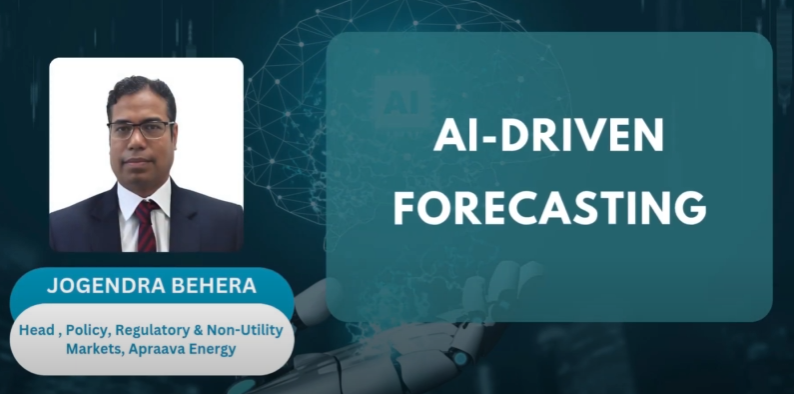



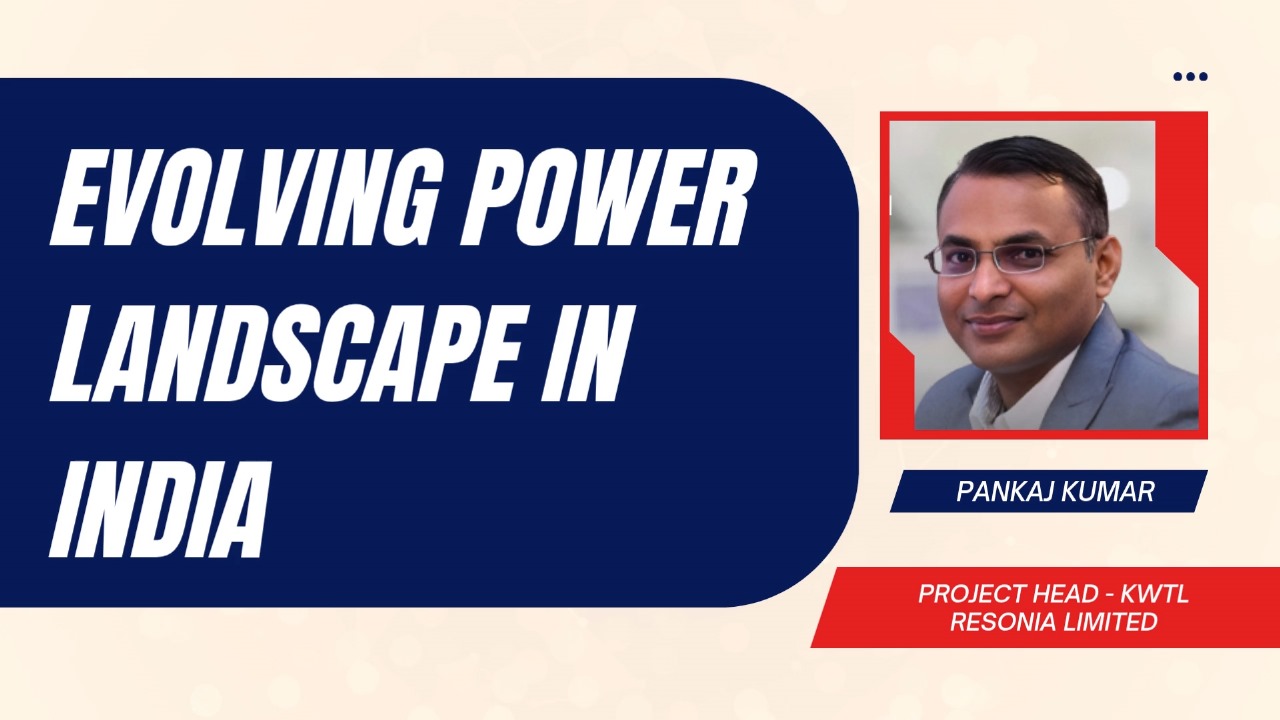
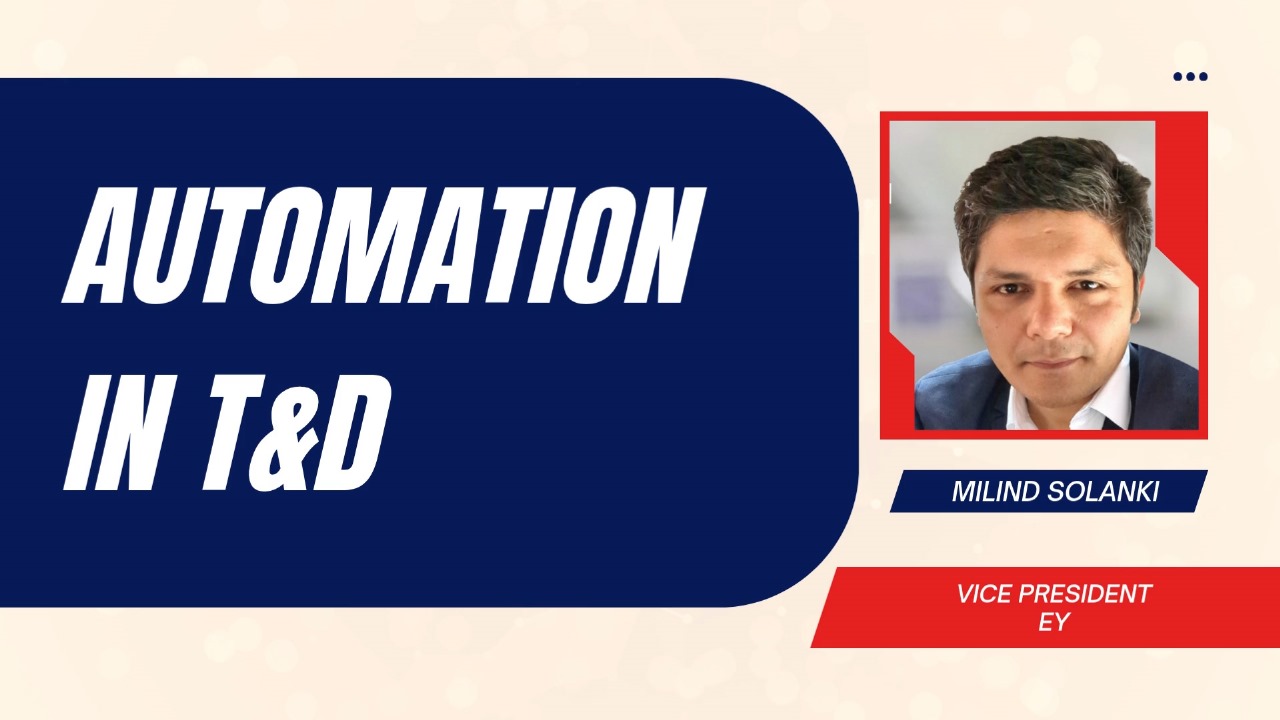
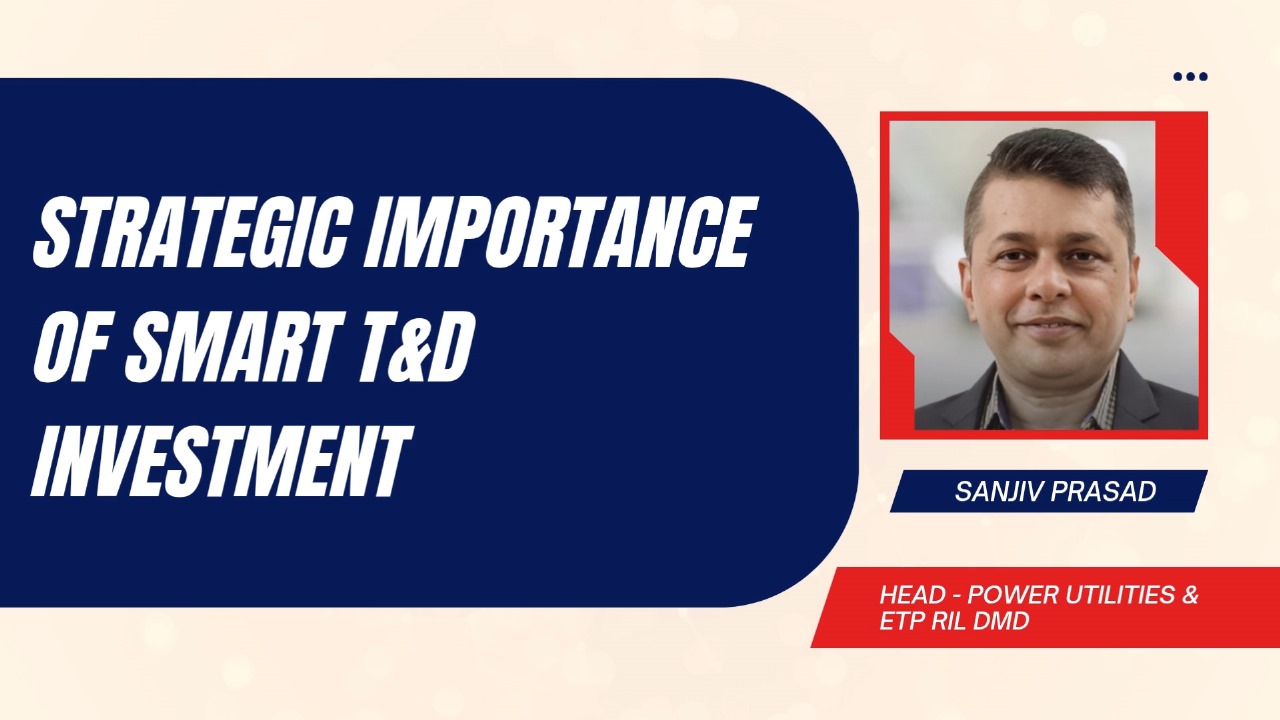
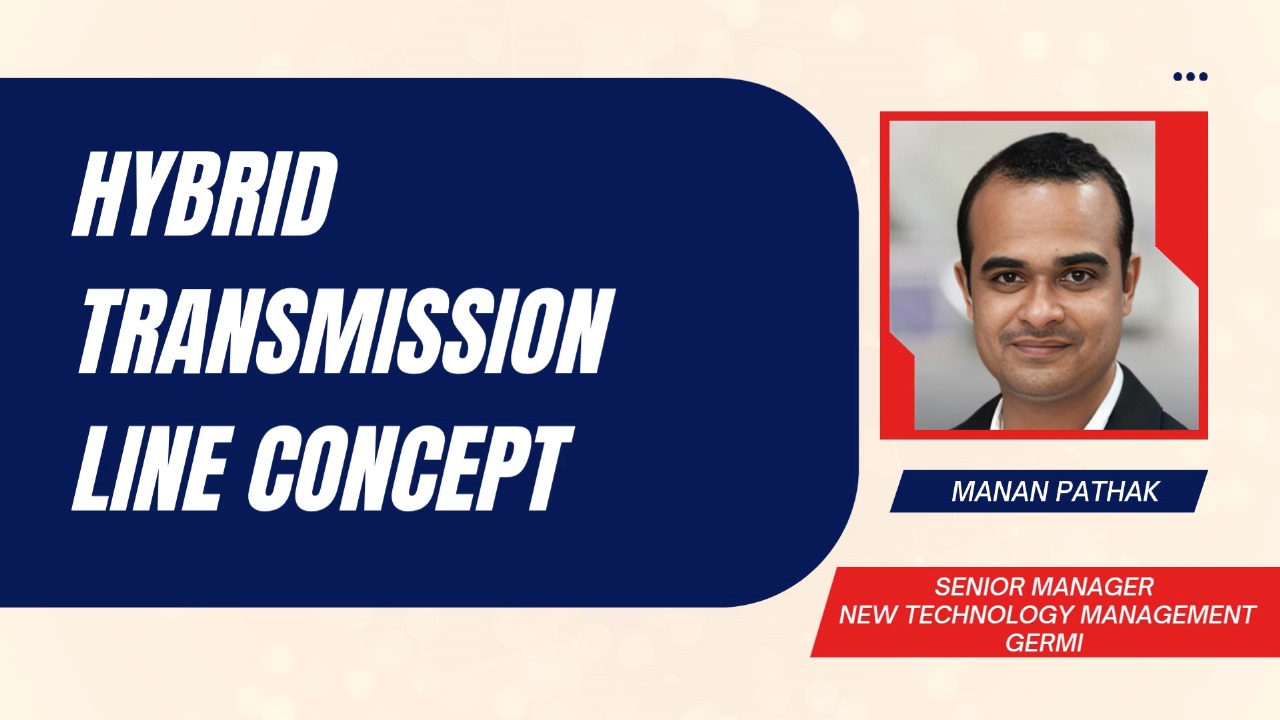
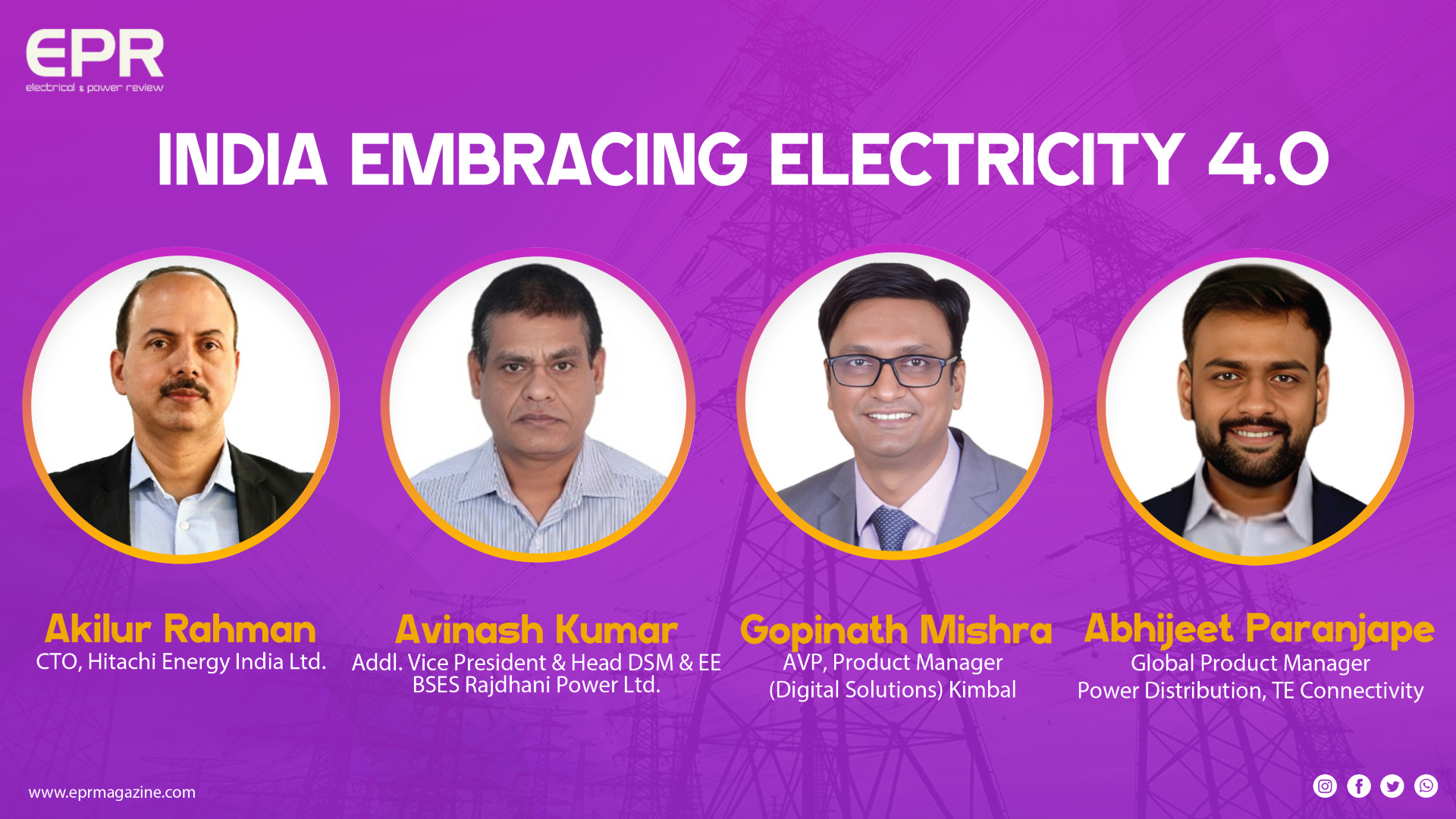






-20251010140647.jpg)











-20251007141246.jpg)








-20251010134742.jpg)










